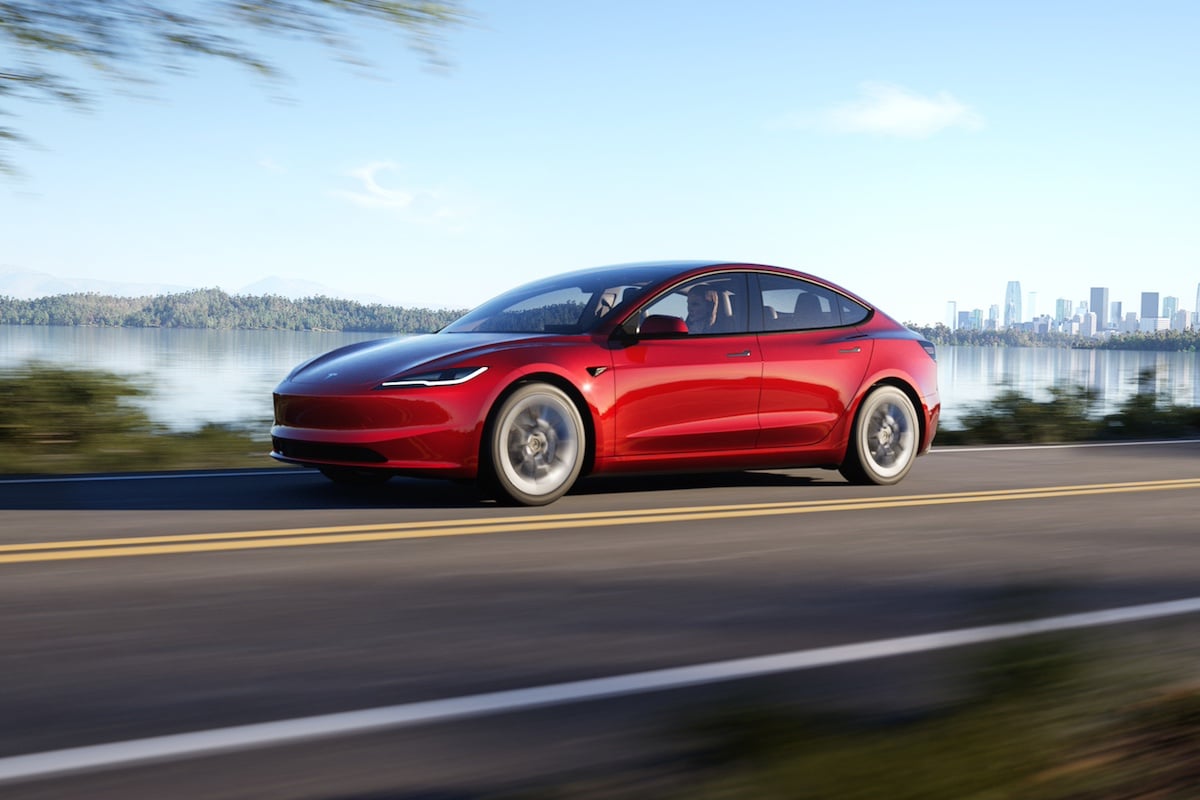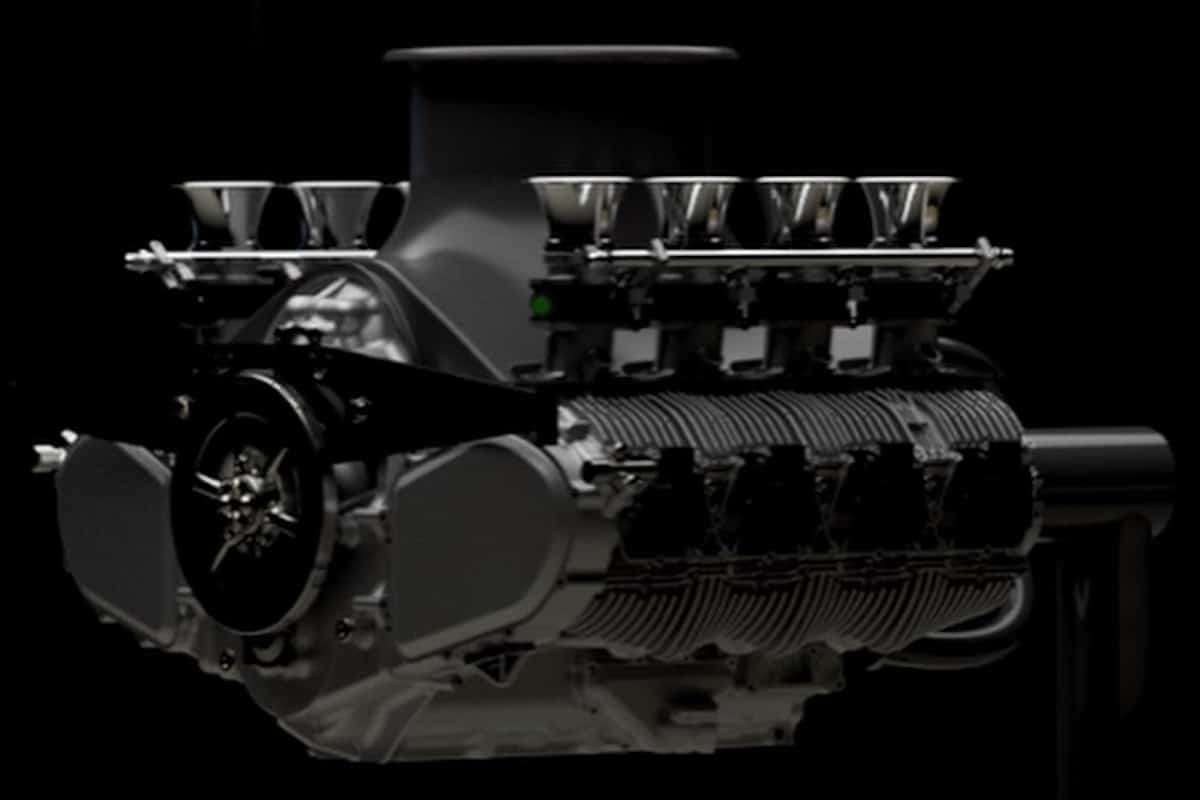The Strange Technical Inconsistencies of the Tesla Model 3
This page is translated from the original post "Les étranges incohérences techniques de la Tesla Model 3" in French.

The technical data of the Tesla Model 3 Long Range RWD is intriguing and raises many questions.
It is always interesting to try to understand the logic at Tesla. There must be some, as the American manufacturer is led by brilliant people who, however, do not bother with customer perceptions.
Let’s start with a digression about the price. In the Model Y, only 2000 euros separate the RWD version from the Long Range RWD. In October 2024, with the ecological bonus of 4000 euros still valid, the respective prices are thus 40,990 and 42,990 euros.
For the Model 3, these two same cars, ineligible for the ecological bonus due to their distant production locations (China for the RWD version, United States for the Long Range RWD), are ultimately at lower prices. This is already surprising… The RWD now costs 39,990 euros, while the Long Range RWD costs 44,990 euros. That’s a difference of 5000 euros. Strange, as there is nothing that justifies this gap, except for American labor costs.
Inconsistent power values

On the energy consumption chart for its vehicles, Tesla displays power, weight, efficiency, etc. Thus, we learn that unlike the Model Y, the Model 3 Long Range RWD is not more powerful, retaining 208 kW (283 horsepower) on the rear wheels. In the Model Y, the power increases from 220 to 255 kW (from 300 to 346 horsepower). With a slightly lower weight, the timing gain to reach 100 km/h is consistent.
But in the case of the Model 3, how can it justify that this exercise goes from 6.1 to 5.2 seconds? Not due to the 14 kg difference, in any case.
There’s the same inconsistency with consumption values. A lower weight, retained power, yet consumption skyrockets: from 13.2 kWh/100 km with the RWD, the Long Range RWD jumps to 14.4 kWh/100 km, representing a +9% increase! In contrast, in the Model Y, it’s the opposite: 15.7 kWh/100 for the RWD and 15.5 kWh/100 km for the Long Range RWD. This explains the transition from a range of 455 to 600 km in mixed cycle (+145 km).
In the case of the Model 3, the difference in range is even greater. It goes from 513 to 702 km (+189 km). To cover such a distance with such consumption, the battery would need to be at least 28 kWh larger, compared to 23 kWh for the Model Y.
A ghost battery?
Searching online, one can find everything and its opposite, and Tesla prefers silence over communication. This fuels the noise on the Internet. Therefore, Tesla would explain to some customers that the battery is strictly identical between the two versions of Model 3, but that the battery capacity is fully utilized. This is a lie, as the initial Model 3 obviously does not have such a hidden reserve. In the United States, the range unlocking program is limited to about 100 km depending on the vehicle’s age.
Finally, the battery that powers the Long Range RWD versions of the Model Y and Model 3 is the one used for the All-Wheel Drive and Performance versions. Its charging speed goes from 175 to 250 kW, and the capacity is indeed greater. There’s no magic.
In short, there are still many things to clarify in Tesla’s technical data sheets, as if the manufacturer always reserved some leeway to evolve its vehicles at lower costs.
ALSO READ: The Tesla Model Y RWD slashed to 249 €/month
We also suggestthese articles:
Also read




